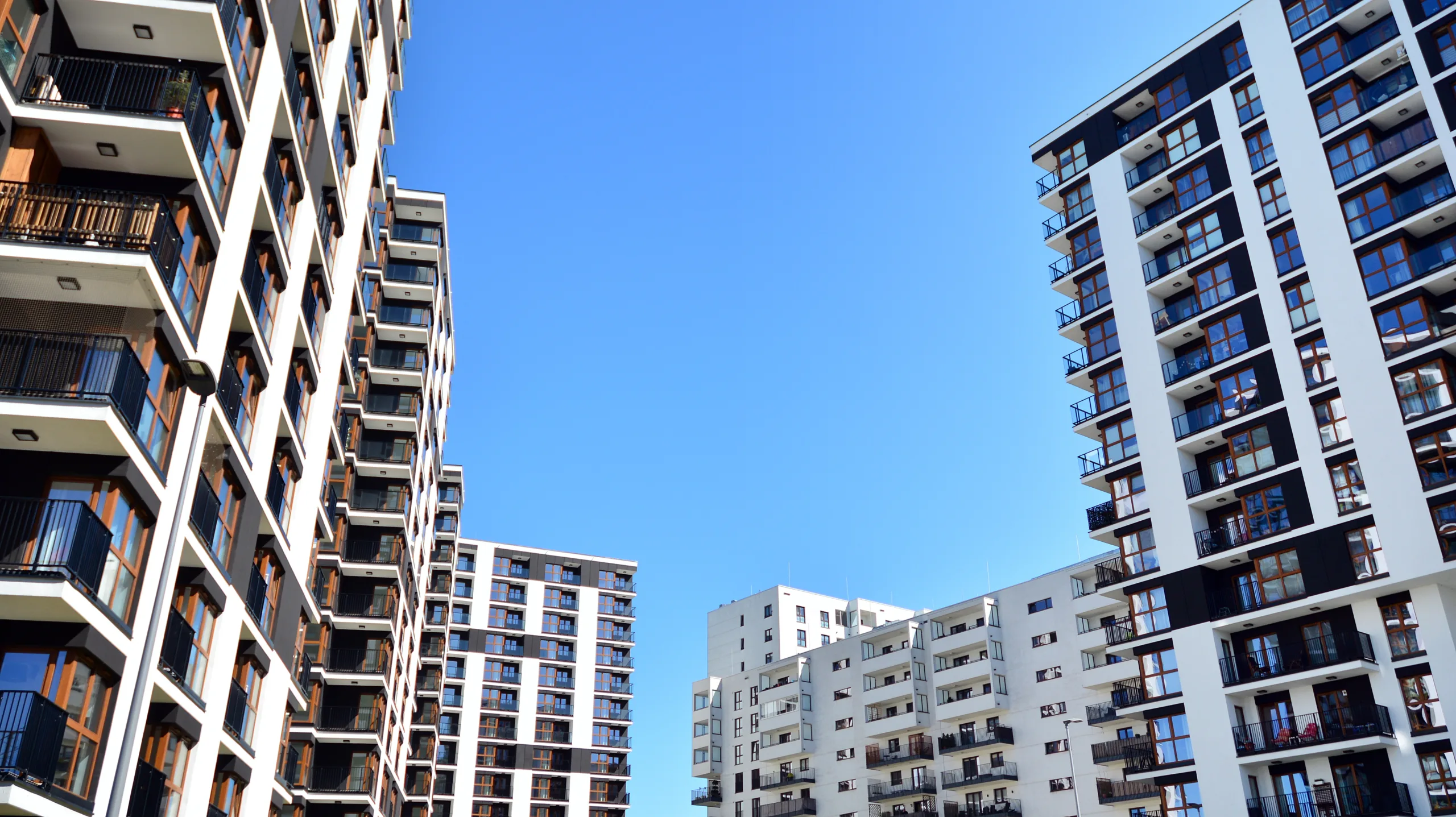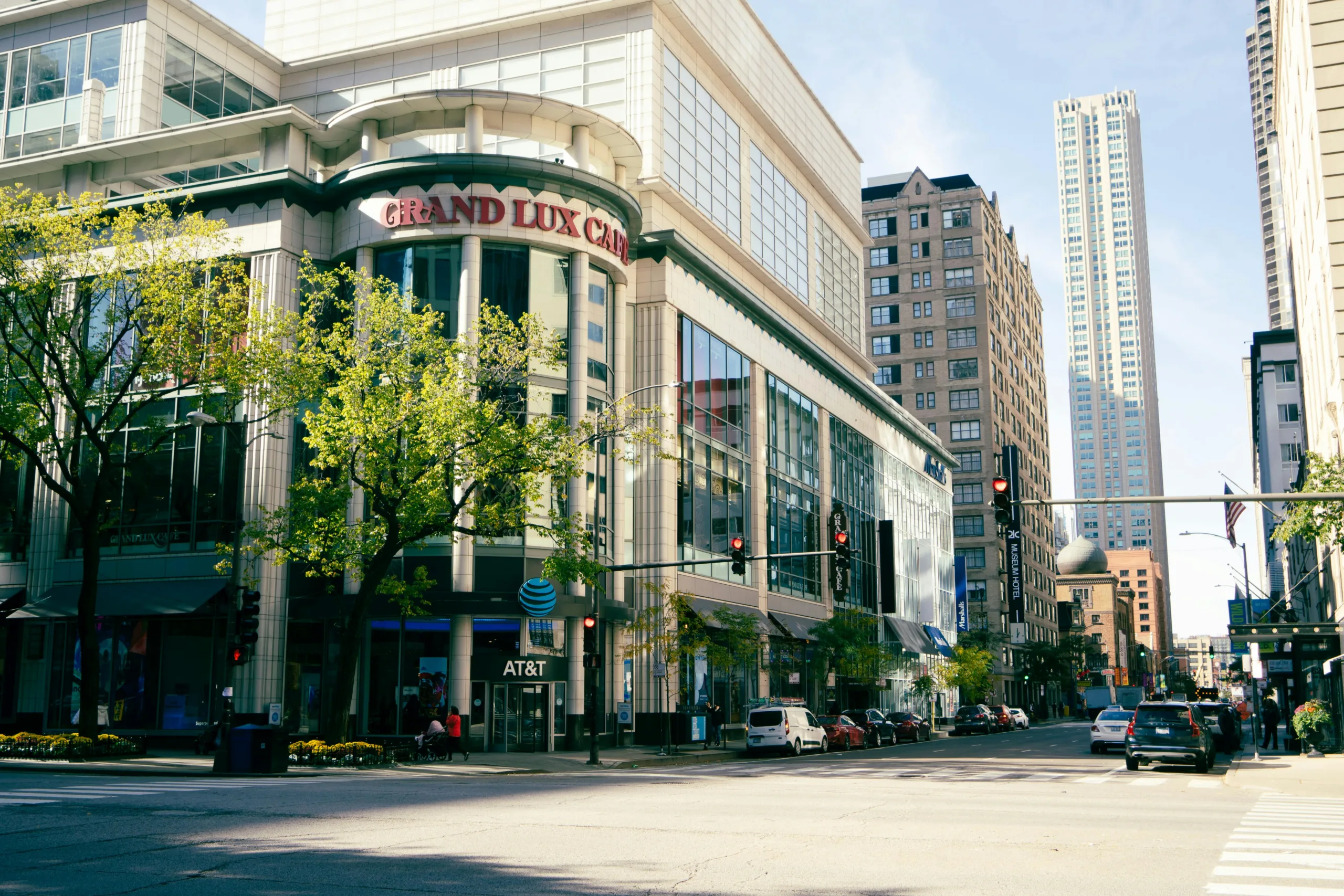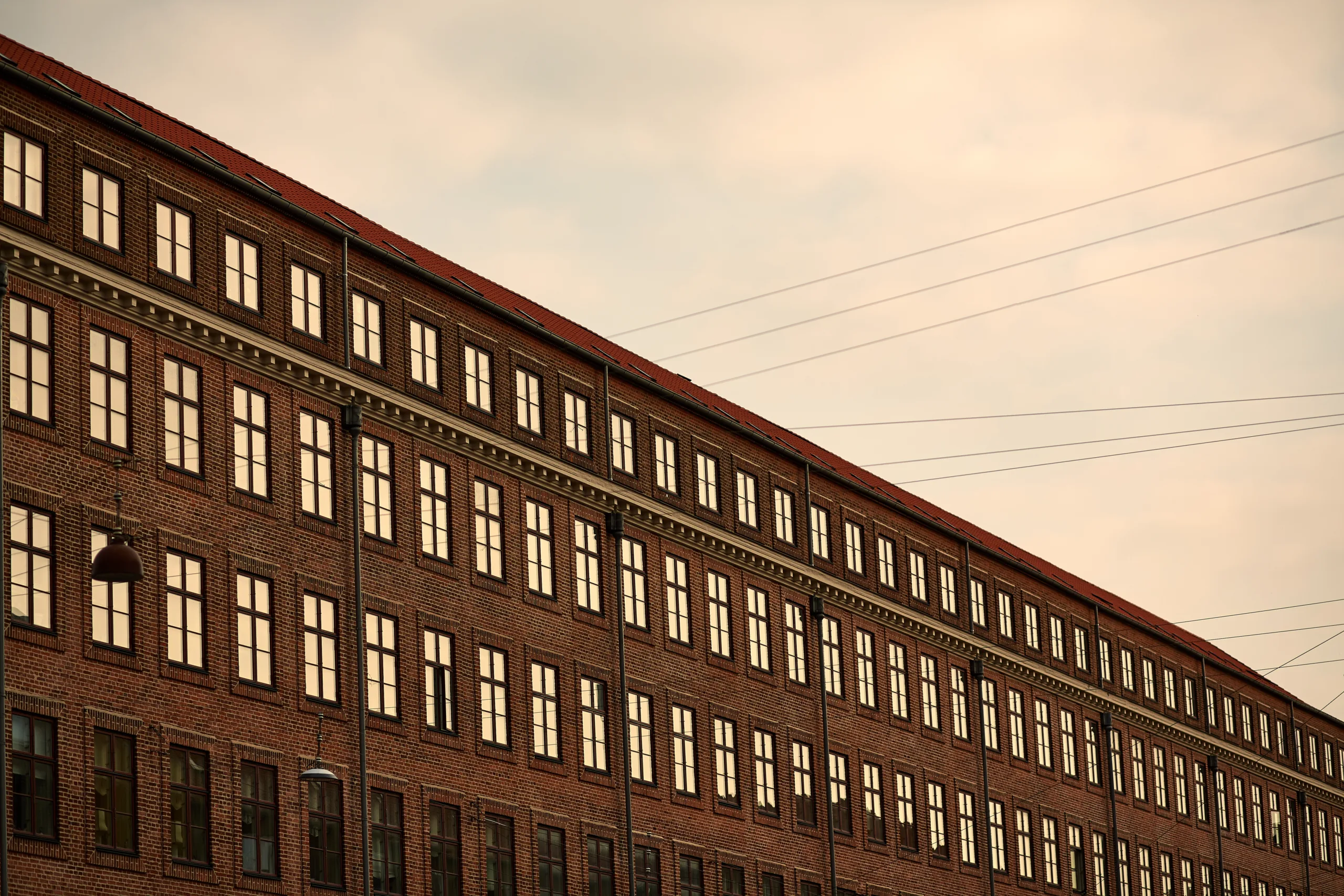- Midtown revival is gaining traction as Extell begins construction on a 600-foot office tower featuring an IKEA in the heart of Manhattan.
- Automation will reshape cities, from driverless transport to reduced parking, transforming how urban infrastructure is planned and used.
- Luxury development remains strong on Billionaires’ Row, with 5–10 new projects expected despite concerns over affordability and vacancy.
- Affordable housing is acknowledged but secondary, as Barnett continues to focus primarily on high-end, tax-generating real estate.
The Office Is Back—And So Is Midtown
Despite skepticism around the future of office real estate, Gary Barnett is moving forward with a bold Midtown project, reports WSJ. Extell has broken ground on a 600-foot skyscraper at 570 Fifth Avenue, featuring an 80K SF IKEA—a rare big-box retail move in Manhattan.
Barnett believes the return-to-office momentum is real:
“We’re back to where business centers matter… There’s nothing like being together in person.”
The developer sees modern offices not just surviving but evolving. They’re now blending workspaces with experiential retail, like IKEA’s showroom-style approach designed more for browsing and brand engagement than on-site purchases.
Automation Will Transform Cities—Not Just Buildings
Barnett predicts the biggest disruption to urban life will come from automation and AI-driven logistics—not just smarter buildings, but smarter cities. He envisions a world of driverless transport, automated boat taxis, and restructured city streets that prioritize people over traffic.
“Everything will be controlled by a master computer… You won’t need your own car anymore.”
This shift could eliminate the need for parking in residential towers. It would also open up more public spaces—plazas, greenways, and pedestrian zones—enhancing livability in dense urban cores.
Get Smarter about what matters in CRE
Stay ahead of trends in commercial real estate with CRE Daily – the free newsletter delivering everything you need to start your day in just 5-minutes
Affordable Housing? Still Not The Focus—But Acknowledged
Barnett is candid about his focus: high-end, luxury towers. However, he notes that over 500 affordable units have already been delivered through Extell’s mixed-income developments. More are in the pipeline. This is especially true for projects like Deer Valley East Village in Utah, where worker housing is a necessity.
“You can’t have a place that is only superexpensive.”
Still, Barnett admits automation’s future role in cutting construction costs for affordable housing is unclear, calling it a “philosophical concern” whether new technology will create or eliminate jobs.
Billionaires’ Row: More Towers To Come
Barnett expects five to 10 new developments in the Billionaires’ Row area in the next decade. He dismisses criticism that the ultraluxury condos are “money parking” tools for the wealthy, calling the claim misguided.
“They’re doing it because they want to own something… And if they’re not here full time, we’re not paying for their services.”
For Barnett, luxury towers are essential revenue engines for the city, generating hundreds of millions in property and employment taxes. He argues that without this tax base, affordable housing elsewhere would be impossible to fund.
Why It Matters
Barnett’s bullishness on Manhattan real estate—despite market headwinds—signals that developers are betting on cities returning to form. From IKEA flagships in Midtown to supertall towers lining 57th Street, the message is clear: New York isn’t scaling back; it’s evolving.
And as automation, density, and affordability continue to reshape the urban conversation, developers like Barnett are both driving and responding to the change—with sky-high ambitions.


















